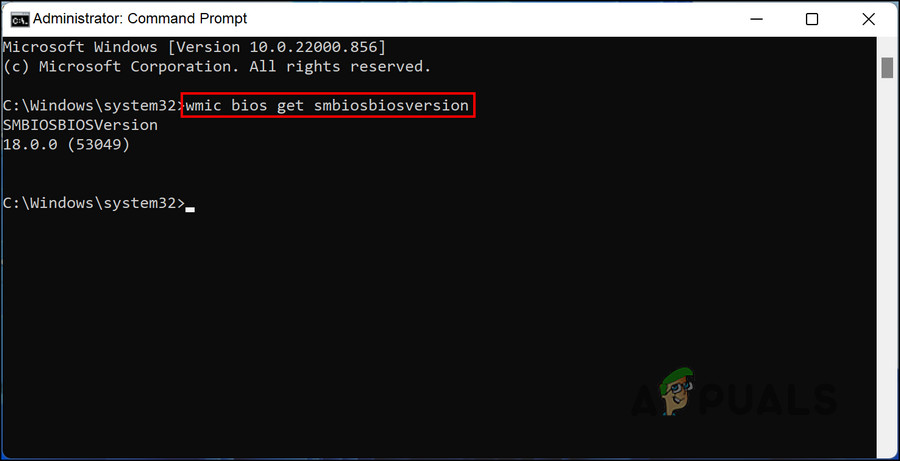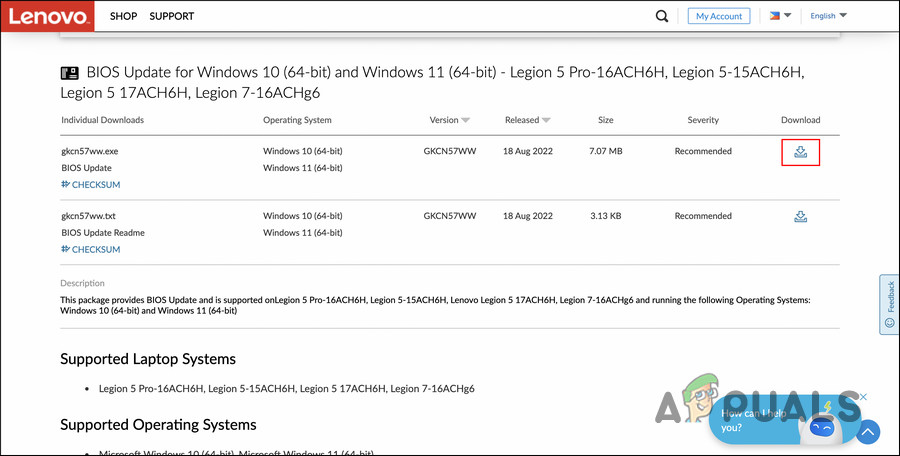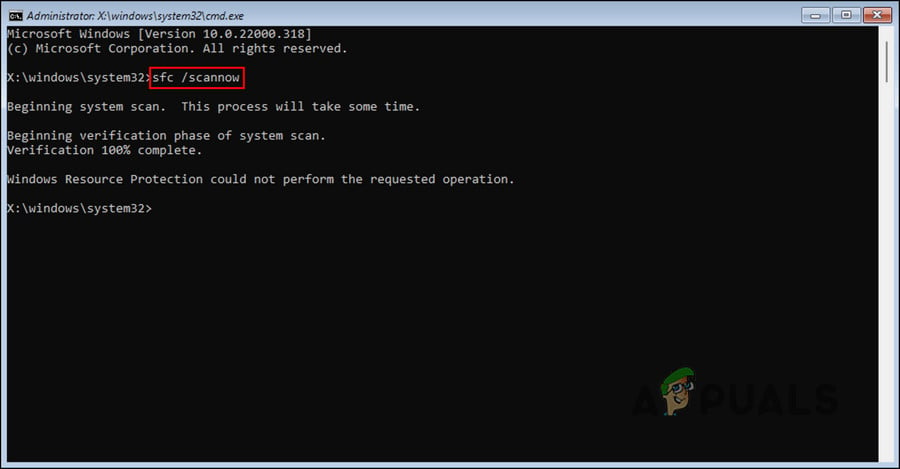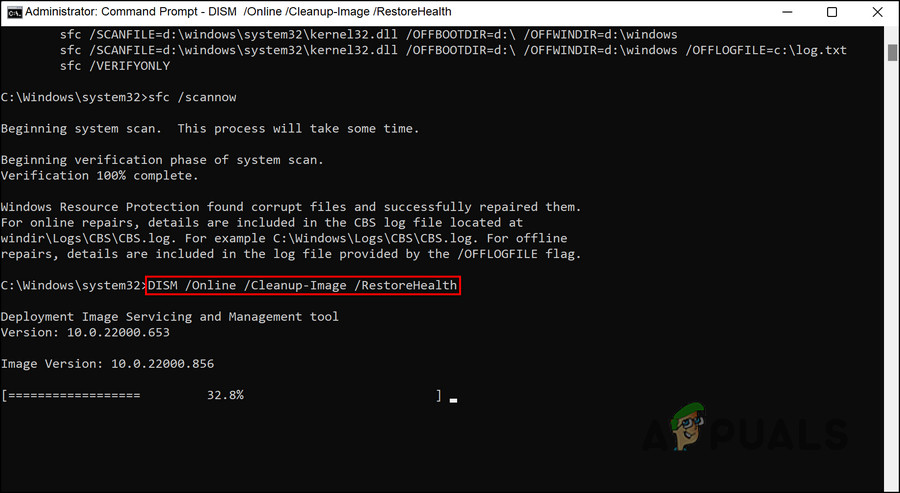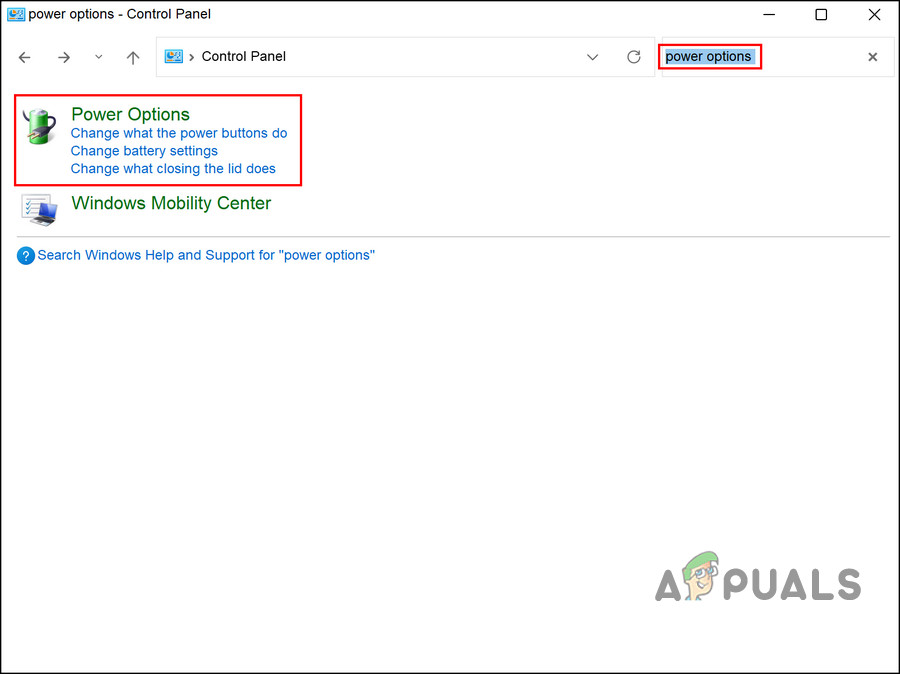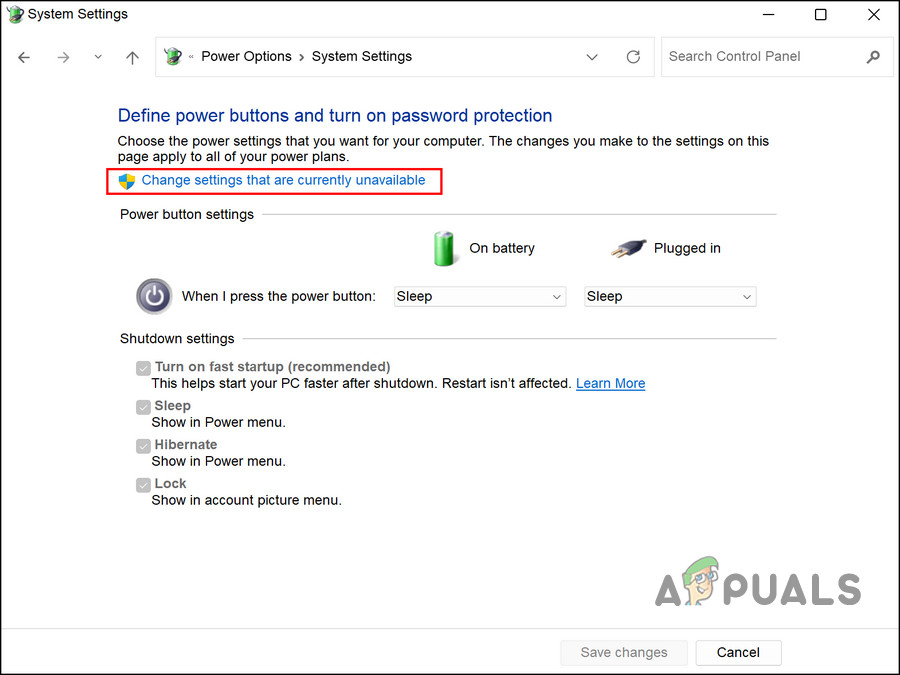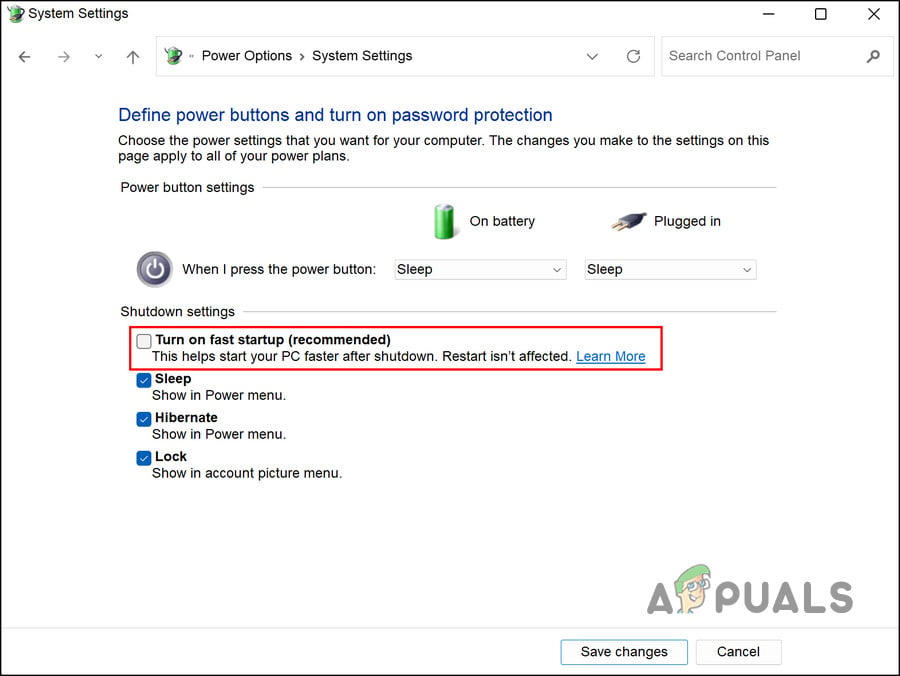Let’s look at the troubleshooting methods to help you fix the problem.
1. Update the Driver
The first thing that we recommend you do after encountering the AuthenticAMD.sys blue screen of death is to update the AMD device driver. If the issue is caused by the driver being outdated, installing its latest updated version should resolve the issue for you. Alternatively, you can download and install the version of the Chipset drivers recommended on the motherboard’s website. We have outlined both methods below. You can proceed with the one that suits your situation the best. To update the driver using the Device Manager, follow these steps: Upon reboot, check if the issue is resolved. If you want to use the manufacturer’s website, launch your browser and head over to the support page for your PC or Motherboard. Enter your device specifications and look for a compatible updated version there. Once found, install it and perform the action causing the crash again. Hopefully, you will now reencounter the problem.
2. Update BIOS
Some users also found that updating their BIOS worked for them. As a result of updates such as these, the computer can correctly identify the hardware components, resolving errors such as this. Follow these steps to proceed: A BIOS update should resolve this issue along with other minor issues within the system once and for all.
3. Run System Scans
You can try scanning the system for potential errors using the built-in Microsoft utilities. If any generic corruption errors or inconsistencies are identified within the system, these tools will fix them without input from your side. This method will use the System File Checker (SFC) and Deployment Image Servicing and Management (DISM) utilities via Command Prompt. SFC will scan protected system files, reinstall corrupted files, and replace corrupted files with cached copies in a compressed folder within %WinDir%\System32\dllcache. On the other hand, the Deployment Image Servicing and Management Tool (DISM) is a command-line executable in Windows that can repair Windows images and modify installation media. Here is how you can run both utilities using the Command Prompt. Make sure you are logged into Windows as an administrator before you proceed.
4. Disable Fast Startup
Some users also noticed that the issue was being caused due to the fast startup feature. Fast Startup lets you restart your computer more quickly after a shutdown in Windows. In place of a complete shutdown, Fast Startup puts your computer into hibernation. The Fast Startup feature is enabled by default if your computer can hibernate. If this feature is enabled, here is how you can disable it to resolve the problem:
5. Update Windows
The problem might be caused by a lack of recent system updates. If you haven’t installed the pending updates in a while, you can install them and check if the issue is resolved. Here is how you can proceed:
FIX: DRIVER_IRQL_NOT_LESS_OR_EQUAL (netio.sys) OR…How to Fix igdkmd64.sys BSOD on Windows 10How to Fix BSOD Caused by rtwlanu.sys on Windows?How to Fix Intelppm.sys BSOD on Windows 7,8 or 10



